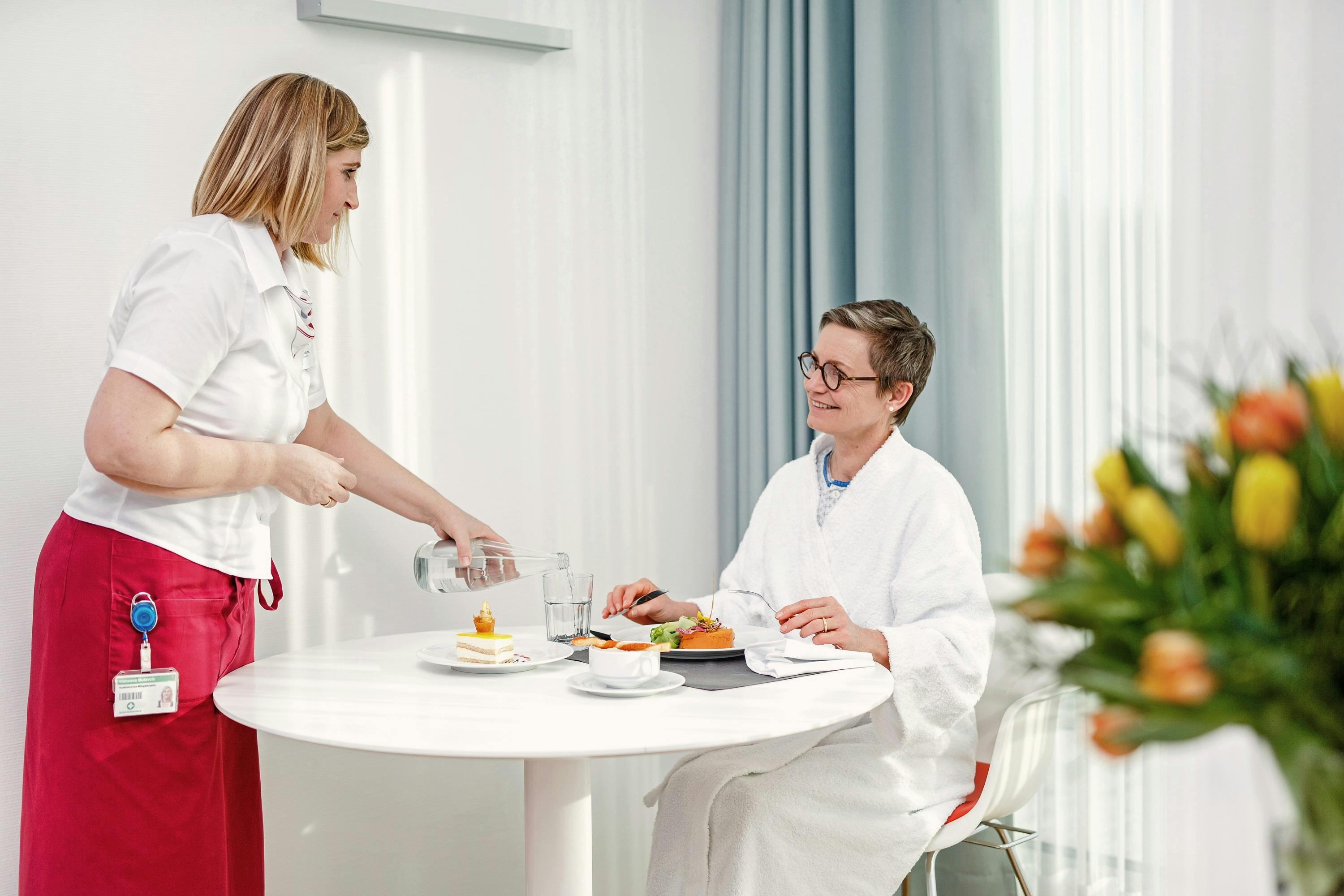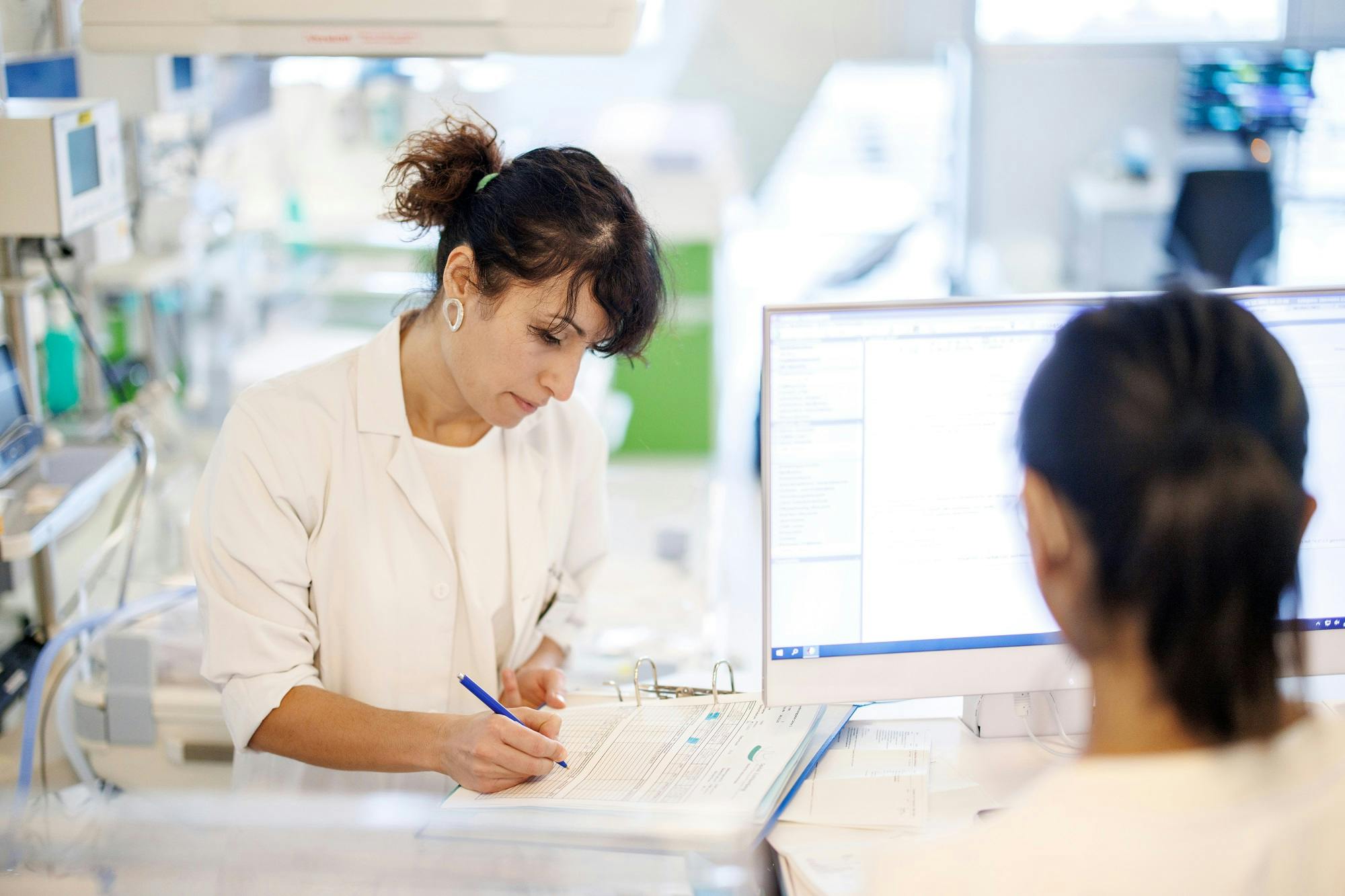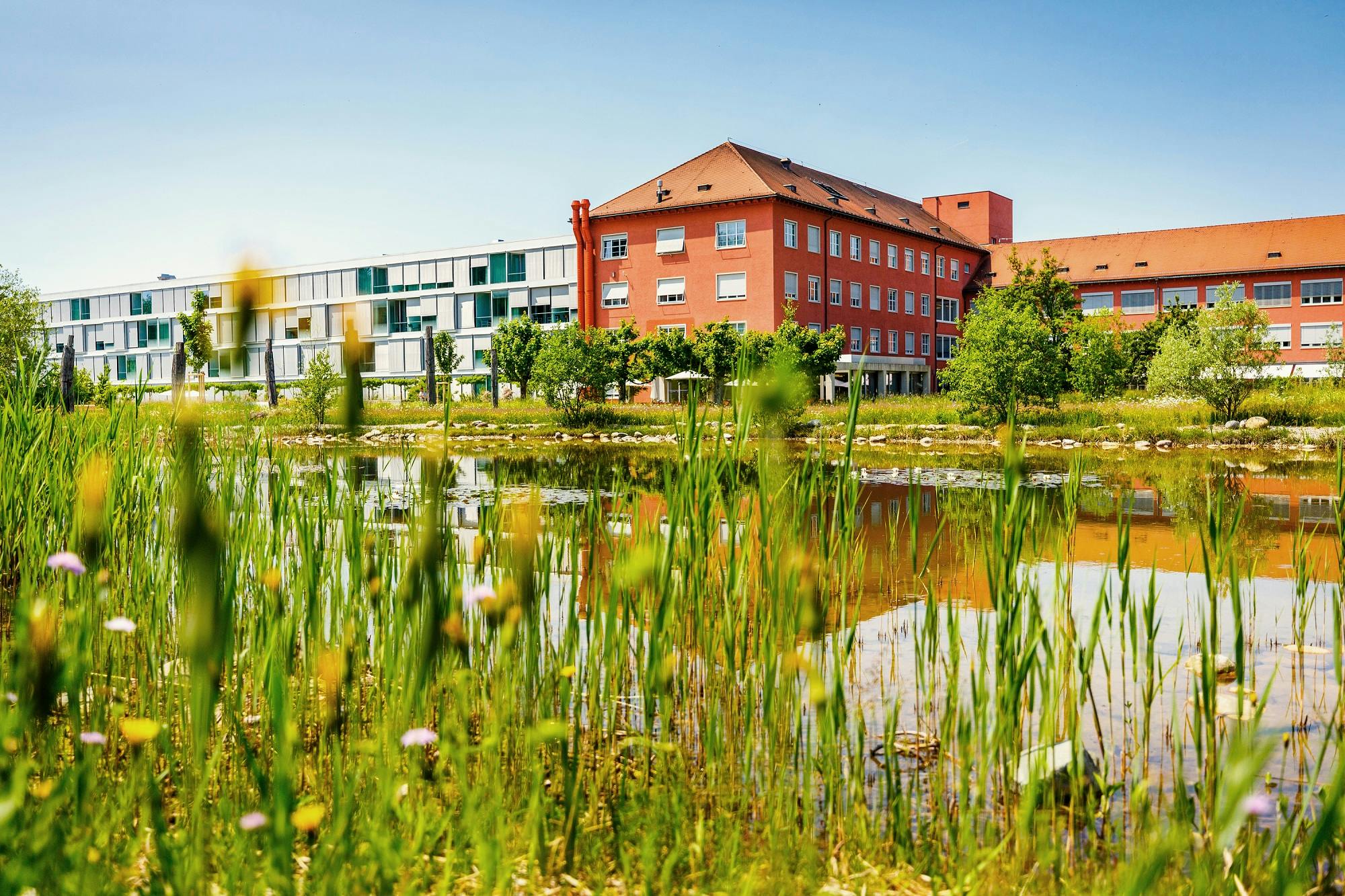Gout: recognising, preventing and treating the causes
October 9, 2025
5 min
Gout is a metabolic disorder caused by too much uric acid in the blood. Uric acid is formed from purines, which are found in many foods and in all body cells. As a rule, purines are broken down into uric acid, 80 per cent of which is excreted via the kidneys and 20 per cent via the intestines. If less uric acid is released from the body, it is deposited in the form of crystals in joints and causes inflammation.
Who is particularly at risk - does age play a role?
Yes - both age and gender (men are more frequently affected than women) are among the risk factors that cannot be influenced. In addition to these, however, there are also the following factors that can be influenced:
- Overweight and obesity
- High-calorie (hypercaloric) diet
- Alcohol consumption
- Metabolic diseases, for example diabetes mellitus
- Very rapid weight loss (ketone body formation)
How do you recognise gout and what are the typical symptoms
The onset of gout is often sudden and painful. Gout is typically characterised by severe joint pain, which often occurs at night.
The inflammation causes redness, swelling and a noticeable warming of the affected joint. The metatarsophalangeal joint of the big toe is particularly frequently affected, but knees, ankles and wrists can also be affected.
If the symptoms become chronic, the discomfort can be permanent. In some cases, so-called tophi form - deposits of uric acid crystals that become noticeable under the skin.
Anyone who observes such symptoms should definitely seek medical advice to clarify the diagnosis and receive targeted treatment.
Our support in the therapy centre at Zollikerberg Hospital
We would like to provide you with comprehensive support at the therapy centre:
- Nutritional counselling: We help you to structure your meals in such a way that they do not increase uric acid in the blood.
- Physiotherapy: exercise programmes that protect and strengthen the joints.
- Occupational therapy: We offer joint protection measures or strategies to protect the affected joints in everyday life, including the provision of aids if necessary.
- Lifestyle coaching: Together we develop realistic and sustainable strategies for everyday life, work and leisure.
- Monitoring and support: Regular follow-up checks and individual adjustment of measures to ensure that you remain symptom-free in the long term.
Weitere Beiträge
Counsellor
Eyelid lift (blepharoplasty) for drooping eyelids - a brief overview
The eyes are the mirror of our soul - and yet drooping eyelids, bags under the eyes or sagging skin on the eyelid can leave a tired and older impression. If you would like to regain an alert, fresh look, an eyelid lift (blepharoplasty) at Zurich Plastic Surgery can help. In this blog post, Prof Dr Hisham Fansa, Head of Plastic Surgery Zurich, explains why many people decide to have their drooping eyelids corrected and what is important during this procedure.
Counsellor
Visual impairment in old age: understanding and treating age-related macular degeneration
Good vision contributes significantly to quality of life. Changes in visual acuity can therefore be unsettling - especially if they occur suddenly or for no apparent reason. Age-related macular degeneration is one of the most common causes of impaired central vision. It often develops gradually and is not always noticed immediately. In this article, we give you a clear overview of the disease, typical signs, risk factors and modern treatment options. Our aim is to provide guidance and show how those affected can lead as self-determined and good a life as possible despite visual impairments.
Counsellor
Hand surgery: Everything you need to know - an interview with Dr Andreas Schierz, Head Physician and Head of the Department of Surgery at Zollikerberg Hospital
At Zollikerberg Hospital, the motto is: precise surgery on one of the most fascinating and at the same time most complex parts of the body - the hand. Hand surgery here means not only modern technology, but above all very precise craftsmanship. This is what Dr Andreas Schierz, Head Physician and Clinic Director of Surgery, and his team stand for. They treat complaints such as carpal tunnel syndrome, rapid fingers, ganglions, hand injuries or fractures with empathy and expertise and use occupational therapy to restore the mobility of your fingers. In this interview, you can find out what is particularly important in these sensitive interventions.


